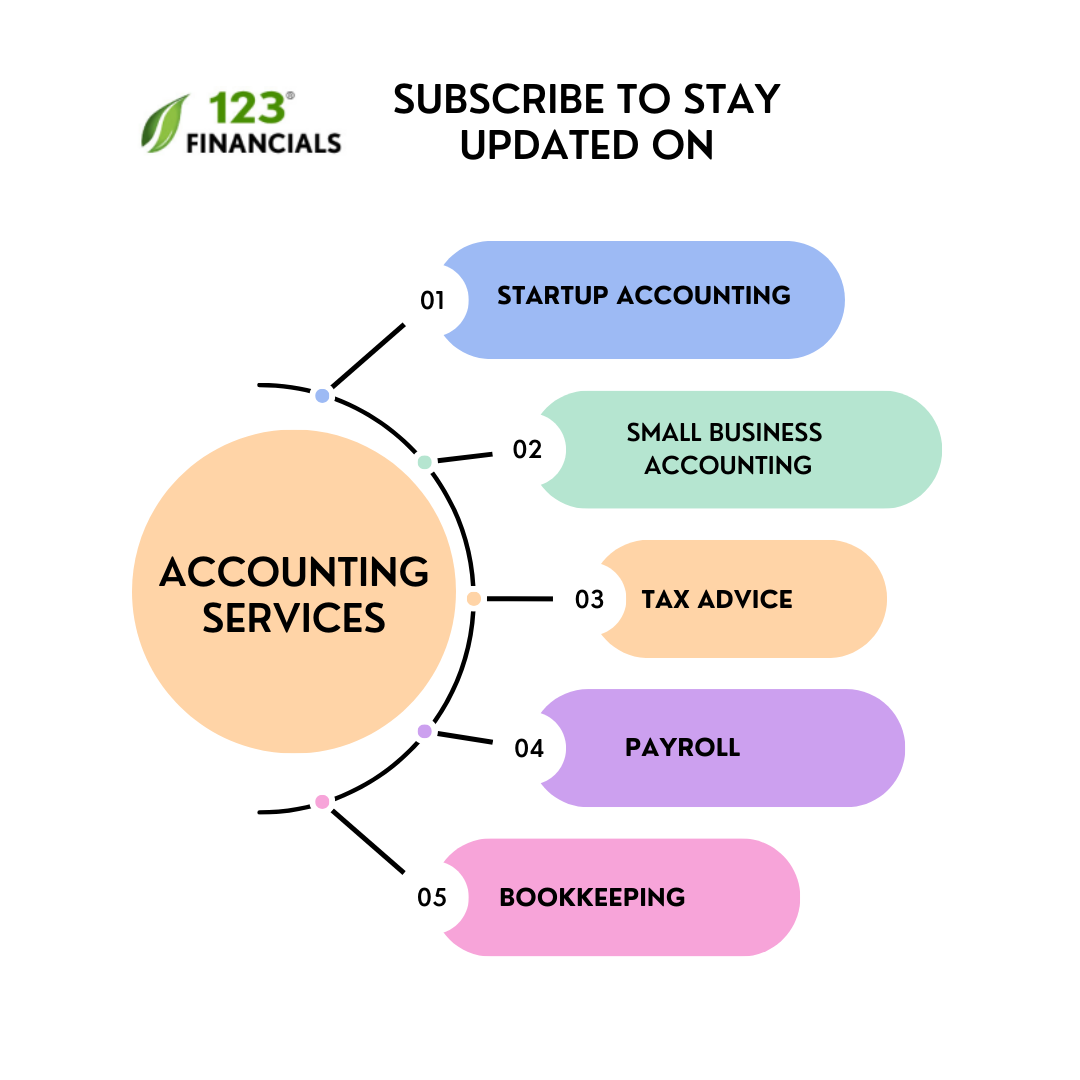The tax system in the UK is one of the most complex one.
Tax bands, allowances, and relief schemes all are affecting the way you pay your tax.
These allowances and tax rates can change yearly, with a budget announcement before each new tax year.
The recent budget announcement covers support for businesses & employers who are struggling due to COVID-9, such as the SEISS scheme for self-employed, etc.
Here is the guide explaining all the UK tax rates, tax thresholds, allowances, and bands for the tax years 2021-22 and 2020-21.
Hire Tax Accountants in UK
Work with a UK-based accountant for tax, accounting, payroll, & EIS/ SEIS needs.
This blog post is divided into the following sections
- The tax-free Personal Allowance
- The National Minimum Wage (NMW)
- National Living Wage (NLW)
- National Insurance
- Income Tax
- Capital Gains Tax
- VAT registration threshold
The tax-free personal allowance
A tax-free personal tax allowance is how much income you are allowed to earn before you start paying income tax on your income.
In 2020-21 the personal allowance was £12,500, but it has increased to £12,570 for the tax year 2021-22, which runs from 6th April 2021 to 5th April 2022.
Let’s say, if your income is £20,000 per year, you will only pay income tax on anything above £12,570. £20,000 – £12,570 = £7,430. Your taxable income would be £7,430.
What is the personal allowance for high earners?
For higher earners, every £2 that they earn above £100,000, their Personal Allowance reduces by £1.
Let’s say if you are earning £125,500 or more, then your Personal Allowance is 0.
The National Minimum Wage (NMW)
There are several rules that cover the basic minimum wage, which employers must pay to their staff.
National Minimum Wage (NMV) is worked out on the basis of the employee’s age, yet there are different rates for apprentices.
In the year 2021-22, the age thresholds also changed, as well as the hourly rate mentioned in the below table.
| National Minimum Wage in 2021-22 | National Minimum Wage in 2020-21 |
| £8.91 (over 23) | £8.72 (over 25) |
| £8.36 per hour (employees aged 21 – 22) | £8.20 per hour (employees aged 21 – 24) |
| £6.56 (aged 18 – 20) | £6.45 (aged 18 – 20) |
| £4.62 per hour (Under 18) | £4.55 per hour (Under 18) |
| £4.30 per hour (Apprentices) | £4.15 per hour (Apprentices) |
National Living Wage (NLW)
For the year 2021-22 National living wage is £8.91 per hour.
The age threshold for the NLW is lower for the 2021-22 tax year than in the previous year.
Rather than paying NLW to employees aged 25 and older, employers must pay the NLW to staff who are 23 and up.
The hourly rate of the National Living Wage has also risen from £8.72 in 2020-21 to £8.91 in 202-22.
National Insurance
The rate of National Insurance contributions (NIC) that you pay depends on whether you are an employee, an employer, or self-employed.
These different categories are called ‘classes’, and just to make sure things are really confusing, different NIC classes have their own thresholds and rates.
You might also pay more than one type of National Insurance (NI), depending on how you earn money.
For instance, you might pay NIC on your own income, as well as the Employer’s NIC for the people that work for you.
Or, if you work for yourself as well as being employed, you’ll pay different types (and rates) of NIC on the money you earn from your employer and from your own business.
Paying the right amount of NICs is important, as it can count towards being eligible for some benefits or the state pension.
Employees pay Class 1 – primary National Insurance
Where eligible, employees have Class 1 NI deducted from their pay by their employer, who then pays it HMRC on their behalf through PAYE.
Class 1 National Insurance thresholds and rates for employees 2021-22 and 2020-21 areas below.
| Weekly Threshold 2021-22 | Annual Threshold 2021-22 | Weekly Threshold 2020-21 | Annual Threshold 2020-21 | |
| Lower Earnings Limit (LEL) Employees earning less than this limit won’t incur NI but also won’t accrue NI benefits, such as qualifying payments towards their State Pension. | £120 | £6,240 | £120 | £6,240 |
| Primary Threshold This is the point at which employees start paying NI. Earning below this but above the Lower Earnings Limit still doesn’t incur NI, but employees will earn NI ‘credits’ and accrue NI benefits. | £184 | £9,568 | £183 | £9,500 |
| Upper Earnings Limit (UEL) Earnings above the Primary Threshold up to & including the Upper Earnings Limit incur NI at 12% | £967 | £50,270 | £962 | £50,000 |
| Earnings above the Upper Earnings Limit: incur NI at 2% | £968 upwards | £50,271 upwards | £963 upwards | £50,001 upwards |
Employers pay Class 1 – Secondary National Insurance
As well as deducting and paying NI from employees’ pay on their behalf, employers also make National Insurance Contributions (NICs).
Essentially the employee’s NI has two parts; their own contribution and their employers.
This is still Class 1 NI, though the employer’s contribution is known as Class 1 secondary NI (the employee’s contribution is ‘primary’).
This means that the cost of hiring someone is more than just paying their wages; there’s employer NI to think about too.
Class 1 – secondary National Insurance thresholds and rates for employers 2021-22 and 2020-21 are as below
| Weekly Threshold 2021-22 | Annual Threshold 2021-22 | Weekly Threshold 2020-21 | Annual Threshold 2020-21 | |
| Secondary Threshold: Employers pay NICs at a rate of 13.8% on salary payments above this threshold. | £170 | £8,840 | £169 | £8,788 |
Class 1A or 1B National Insurance
Class 1A and 1B NI are contributions that employers might also pay to HMRC in other instances, such as the equivalent financial value of any expenses or work benefits (sometimes known as Benefits in Kind or BiKs) to employees.
The rate of employer pay class 1A and 1B NICs is 13.8% for the year 2021-22
National Insurance & the Employment Allowance
Eligible employers can receive relief to cover the costs of employers National Insurance by claiming the Employment Allowance. For 2021-22 the allowance is £4,000.
To be eligible for the Employment Allowance, employers need to have at least 1 employee or 2 directors on the payroll. The directors can’t already be claiming it through another company.
Self-employed people pay Class 2 and-or Class 4 National Insurance
Self-employed workers might pay both Class 2 and Class 4 NI, depending on how much they earn from their self-employed work. If you’re a self-employed person, your National Insurance contribution will be worked out as part of your Self Assessment tax return.
If you are both employed and self-employed;
- You will usually pay NI on your self-employed income yourself as part of your Self Assessment.
- Your employer will deduct the employee’s NI from your salary.
The rate of Class 2 and Class 4 NI in 2021-22 is the same as it was in 2020-21, but the thresholds (the point at which you start paying) have changed.
| NI threshold limit 2021-22 | NI threshold limit 2020-21 | |
| No NI incurred on self-employed income in this bracket, but you can make voluntary contributions to fill any gaps in your NI record. | £0 – £6,514 | £0 – £6,474 |
| Small Profits Threshold (SPT): You’ll pay Class 2 NI at a rate of £3.05 per week on any self-employed income above this threshold, up to the Lower Profits Limit (LPL). | £6,515 | £6,475 |
| Lower Profits Limit (LPL): Self-employed income above this threshold and up to the Upper Profits Limit incurs Class 4 NI at a rate of 9% | £9,568 | £9,500 |
| Upper Profits Limit (UPL): Self-employed income above this threshold incurs Class 4 NI at a rate of 2% | £50,270 | £50,000 |
Income Tax
The income tax you pay to HMRC depends on how much and how you earn the money.
Let’s imagine the income tax system as the stack of blocks.
Here, each block or we can say tax band represents an income range, and you will pay tax as a percentage of what you earn within that particular block or tax band.
As your income increase, the tax rate you pay only applies to a proportion of the income which falls within that band.
The below table shows the income tax rates and thresholds.
| Tax band | Thresholds for 2021-22 | Thresholds for 2020-21 |
| Personal allowance – This is the income you can earn before you pay income tax. Zero tax on this income. | £0 – £12,570 | £0 – £12,500 |
| Basic rate income tax – 20% tax on the proportion of income which falls into basic rate tax bracket. | £12,571 – £50,270 | £12,501 – £50,000 |
| Higher rate income tax – 40% tax on the proportion of income which falls into basic rate tax bracket. | £50,271 – £150,000 | £50,001 – £150,000 |
| Additional rate income tax – the highest rate. 45% tax on the proportion of income which falls into basic rate tax bracket. | £150,000 upwards | £150,000 upwards |
If your income is £60,000 in the 2021-22 tax year, you will pay:
- 0% tax on the first £12,570
- 20% tax on the part of your income in the next tax bracket (£12,571 up to £50,270) which means you will pay 20% tax on £37,700.
- 40% tax on the next chunk (£50,271 up to £60,000), so you will pay 40% tax on £9,730.
Capital Gains Tax
Capital Gains Tax (CGT) is payable on any profit you make after ‘disposing’ of an asset that you own. The amount of CGT that you owe is worked out on the gain that you’ve made, not on the total amount of money that you made from disposing of the asset.
Disposing of an asset usually means that you’ve sold it but it also includes giving it away to someone, swapping it for something else, or being compensated for its loss in other ways.
The annual exemption from Capital Gains Tax in 2021-22 and 2020-21
You won’t pay Capital Gains Tax (CGT) on gains that you make under the annual exemption threshold. In 2021-22, this remains unchanged from the previous year, at £12,300.
You’ll start paying CGT on gains that you make above this threshold; the rate that you pay depends on what the gain results from (in other words, what you disposed of) and what rate of income tax you pay.
CGT if you pay the basic rate of income tax
| Capital Gains Tax 2021-22 | Capital Gains Tax 2020-21 | |
| Gains from other residential property | 18% | 18% |
| Gains from other chargeable assets | 10% | 10% |
CGT if you pay the higher rate of income tax
| Capital Gains Tax 2021-22 | Capital Gains Tax 2020-21 | |
| Gains from other residential property | 28% | 28% |
| Gains from other chargeable assets | 20% | 20% |
Corporation Tax
In 2020-21 Corporation Tax was 19%, and this has not changed for the 2021-22 tax year.
Limited companies pay Corporation Tax on profits that they make by doing business, selling assets for more than they cost, or through investments.
The government announced in their 2021 Budget that they plan to increase Corporation Tax, though this won’t take effect until 2023. The changes also won’t apply to everyone and instead will depend on how much profit the company makes.
- Companies with profits of £50,000 or less will continue to pay Corporation Tax at 19%
- The rate will increase in bands, with businesses whose profits are greater than £250,000 paying a maximum of 25% Corporation Tax. More information about the profit bands and which rate of tax is payable should be available soon.
Hire Tax Accountants in UK
Work with a UK-based accountant for tax, accounting, payroll, & EIS/ SEIS needs.
VAT registration threshold
If your revenue reaches the VAT registration threshold, then you must register for VAT. It hasn’t changed for 2021-22 and remains at £85,000.
The actual rate of VAT that you pay or charge in 2021-22 is (in most cases) the same as it was for 2020-21. There are some changes to be aware of, though:
- The end of the Brexit transition period means changes to VAT on imports and exports to and from Europe.
- The restrictions to social contact as a result of COVID-19 lockdowns meant that businesses in the hospitality and tourism sector particularly suffered. As a result, the government temporarily reduced VAT for those businesses.
VAT rates in 2021-22 and 2020-21
| VAT rate 2021-22 | VAT rate 2020-21 | |
| Standard rate: The rate of VAT that applies to most goods & services. | 20% | 20% |
| Reduced rate: The lower rate applicable to certain goods & services, such as electricity and gas. | 5% | 5% |
| Zero rates: Applied to some goods & services, such as food or children’s clothing. | 0% | 0% |
The temporarily reduced rate of VAT for the hospitality and tourism industry:
15th July 2020 to 30th September 2021, this is 5%
1st October 2021 to 31st March 2022, this is 12.5%



















